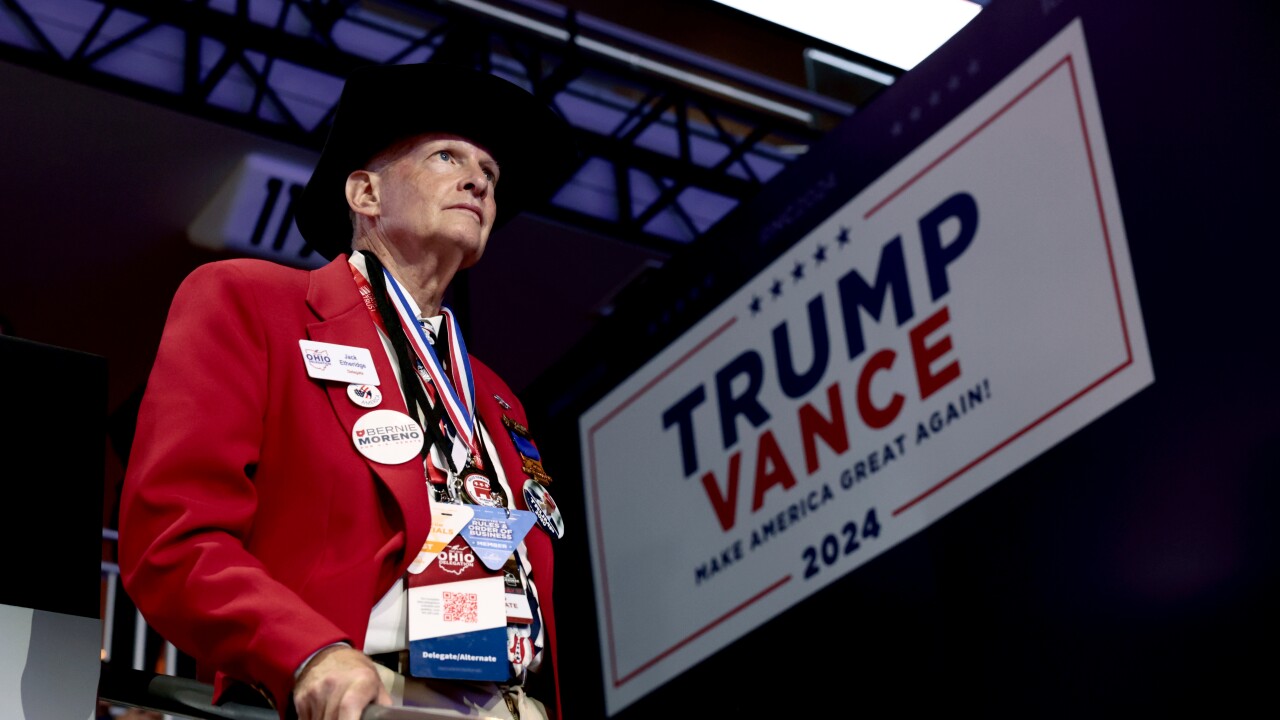Stablecoins
How are banks approaching dollar-backed digital assets (stablecoins)?
Stablecoins have moved from the edge of the
Banks are testing stablecoins for cross-border payments, liquidity management, and digital wallets. Some are also exploring how stablecoins can support interbank transactions or be issued directly by regulated institutions. As the landscape takes shape, stablecoins are starting to look less like an experiment and more like infrastructure.
-
Afterpay co-founder Nick Molnar will lead a centralized sales structure, part of a larger organizational change as the firm battles firms like PayPal and Stripe to reach merchants.
August 1 -
The London challenger bank has added deposits in an effort to keep customers from using banks and other fintechs; the Australian bank Westpac is offering cards to kids as young as 8; and more in our global payments and fintech roundup.
July 31 -
Sen. Cynthia Lummis announced a forthcoming bill that would require the government to hold 5% of the global bitcoin supply. Presidential candidates Donald Trump and Robert F. Kennedy Jr. have also called for strategic holdings of the cryptocurrency.
July 29 -
As a senator, the likely Democratic nominee for President championed an agency that did early work on payment technology, setting the stage for a central bank digital currency.
July 26 -
The payments company is pulling Cash out of the U.K. as it tries to expand the peer-to-peer app in the U.S.; firms in Hong Kong and Australia try to make stablecoin transactions global; and more.
July 24 -
The week of the Republican National Convention brought with it some of the biggest political moments the country has seen for decades, some of which center on the rise of economic populism in the Republican party. Here's some of the biggest moments that matter for bankers.
July 18 -
The Chinese technology giant is partnering with BNP Paribas to reach more merchants; Sequoia makes an investment offer that could boost confidence in Stripe; and more.
July 17
The first three months of the year coincide with the start of President Donald Trump's second term in office. Investors are likely to be more interested in banks' outlooks amid swings in tariff policy than the first-quarter results.
Frequently Asked Questions:
How are banks approaching dollar-backed digital assets (stablecoins)?
Stablecoins have moved from the edge of the crypto, world to the center of policy and banking conversations. As regulators and banks weigh their role in payments, settlement, and reserves, this page follows the developments — from early pilots to proposed legislation.
Banks are testing stablecoins for cross-border payments, liquidity management, and digital wallets. Some are also exploring how stablecoins can support interbank transactions or be issued directly by regulated institutions. As the landscape takes shape, stablecoins are starting to look less like an experiment and more like infrastructure.
Why are banks paying attention to stablecoins?
Stablecoins are increasingly viewed as a potential upgrade to legacy payments systems. Banks are evaluating them for settlement, remittances, cross-border transactions, and tokenized deposit models.Are banks issuing their own stablecoins?
Some are exploring the option. Institutions like JPMorgan (with JPM Coin) and new entrants like PayPal are piloting bank-issued stablecoins, while others are watching regulatory developments before moving forward.How do stablecoins impact compliance and risk?
Issues include KYC/AML enforcement, cybersecurity, operational risk, and how reserve assets are held and reported. Banks exploring stablecoin activity must weigh both technological benefits and regulatory scrutiny.How are regulators responding to stablecoin innovation?
Congress is debating stablecoin-specific bills focused on reserve backing, issuer licensing, and oversight. The Federal Reserve, OCC, and state regulators are also shaping how bank involvement in stablecoin activity is supervised.How are banks using stablecoin?
Banks are using stablecoins to speed up cross-border payments, manage liquidity across global branches in real time, and test new forms of settlement between institutions. Some are integrating stablecoins into retail-facing digital wallets, while others are exploring interbank networks built on tokenized payments. These efforts are less about crypto speculation and more about making money move faster, with greater transparency and fewer intermediaries.- Real-time cross-border payments
- Internal liquidity management
- Retail-facing digital wallets
- Interbank tokenized payment networks
Top banks investing in stablecoin
List of institutions with greatest investment in stablecoin:- JPMorgan Chase – JPM Coin
- Custodia Bank – Avit Tokens
- Citigroup - Citi Token Services
- Societe Generale - USD CoinVertible
- Bank of America - Name yet to be released
- Fifth Third - Name yet to be released
- U.S. Bancorp - Name yet to be released










